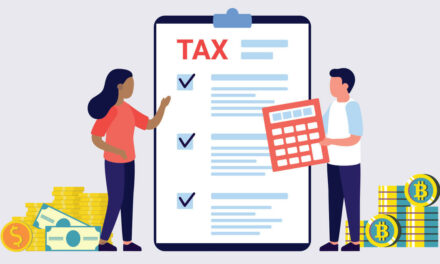Whether motivated by the new ownership and changes at Twitter or simply ready for that next stage in your content business, starting an online community presents a great opportunity.
But that power can quickly be lost if the members encounter irrelevant conversations, personal attacks, spammers, and more. Publicly shared – and enforced – community guidelines can prevent that from happening.
Follow these five steps:
1. Detail the vision: Define the why behind your community. Briefly explain in a sentence or two the purpose of gathering your audience together in this digital space. To help, revisit your content mission statement.
2. Set the tone: In the beginning, your presence sets the stage. Show up, pose questions, tell stories, or make comments to encourage members to step up and interact with you and/or each other.
3. Write down the possible rules: Detail every rule to cover every possible behavior or action you do or don’t want. If you already have an audience, ask for their input – learn what type of community they would want to join and how they would want that community to behave.
Write down all the possible rules for your #Community. Then, delete most of them and pick only the most important, says @AnnGynn. #CreatorEconomy Share on X4. Delete most of the draft rules list. Stick with the most important: Delete every potential rule that would apply to a limited few and would have little impact on the overall community. As the community creator, you can deal with those one-off occurrences on a case-by-case basis.
Then, look for commonalities among the remaining potential rules. Use those themes to create several broad rules that cover many on your list. These five community guidelines from the National Geographic Society cover a lot of territory.
Don’t forget to detail the penalties for violations.
Community guidelines at @InsideNatGeo are a good model. They are only 5, but they cover a lot of territory. #Community #CreatorEconomy Share on X5. Enforce the guidelines: Your guidelines are worthless unless you ensure they’re followed. Address the violation directly with the community first. Depending on the violation and penalty, you may ask them to edit, remove, or apologize for their misstep. You should tell your community that you’ve handled a violation without naming the offender. They need to know you enforce the rules.
Resources:
- How Creators Can Establish Community Guidelines Before Trouble Hits
- Why and How To Launch a Free Community
About the author
Ann regularly combines words and strategy for B2B, B2C, and nonprofits, continuing to live up to her high school nickname, Editor Ann. An IABC Communicator of the Year and founder of G Force Communication, Ann coaches and trains professionals in all things content. Connect with her on LinkedIn and Twitter.










